J-Stories Executive Editor Toshi Maeda interviewed translator and copywriter Tony McNicol of WeDoJapan Ltd
If Japanese companies want to target international markets, it's not enough for them to just translate their websites. For startups in particular to succeed overseas, they need a strategy to clearly communicate their message to English speakers. We spoke to Tony McNicol, a translator and writer for J-Stories, about the global communications challenges facing Japanese companies, and some possible solutions.
***
JSTORIES ー As a Japanese-English bilingual media online outlet, J-Stories makes sure that when its Japanese articles are translated into English they are also fact-checked by native English-speaking journalists. These professionals combine a deep understanding of Japan with excellent newswriting skills.
That’s because no matter how skilled an English writer is, if they are unfamiliar with Japanese society and culture, they might misinterpret the meaning of an article. Likewise, even the best translator will struggle to produce a readable English article if they are unfamiliar with the conventions of journalism in English.

McNicol is one of a small group of professionals who combine writing, translation, and journalism skills, which he applies to the English stories on the J-Stories website.
Simple translation from Japanese to English isn’t enough to effectively communicate with people overseas
McNicol started working as a journalist in Japan in 2002, covering a variety of stories, from culture to science, technology, politics and business. In 2013, he returned to the U.K. to work as a translator and copywriter, drawing on his extensive knowledge of Japanese society and business.
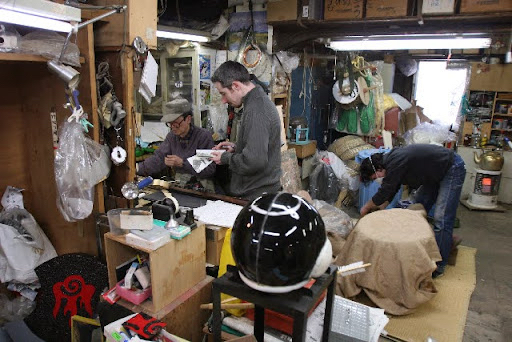
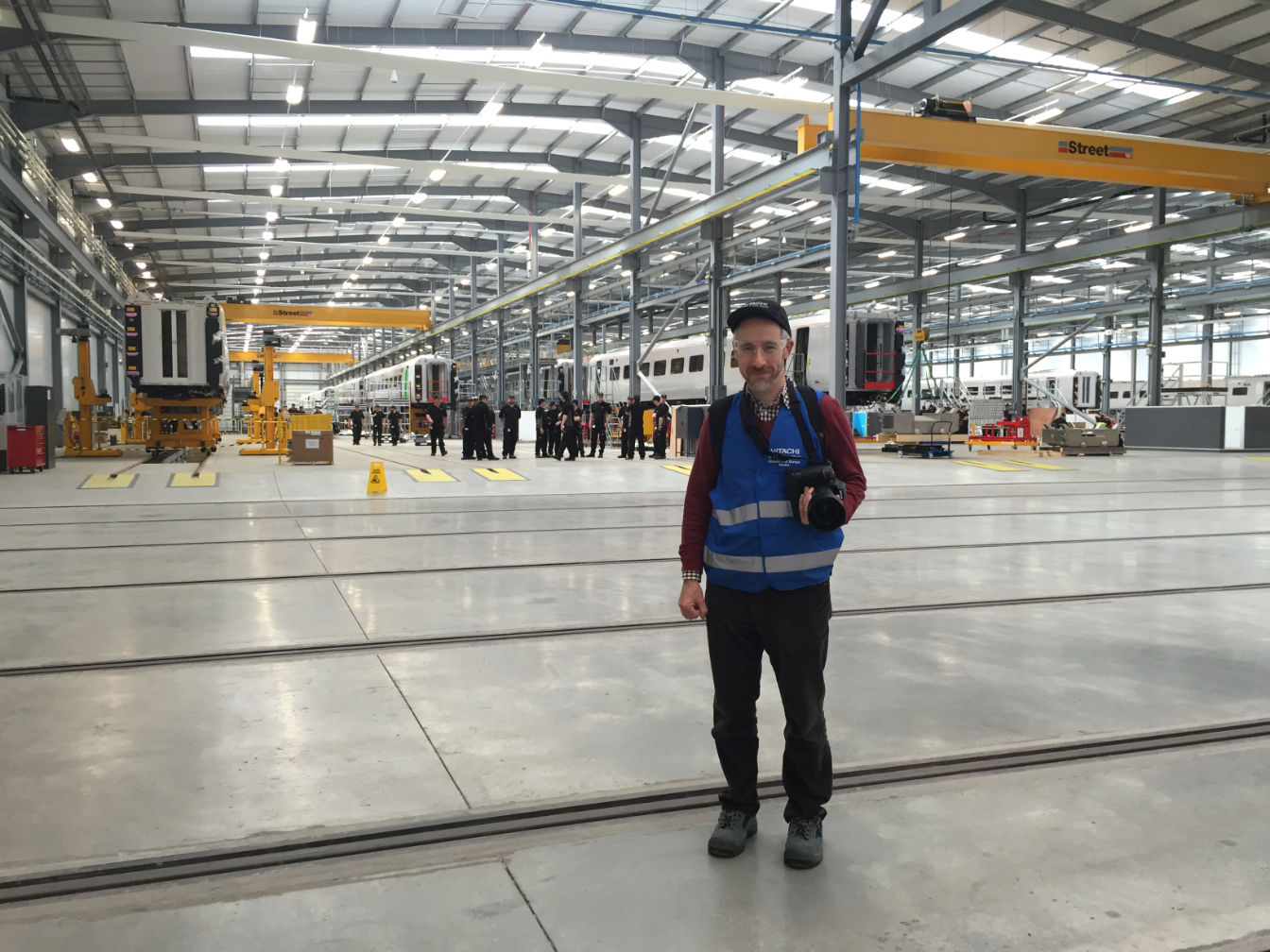
When he translates a J-Stories article into English, McNicol always checks the websites of any companies and organizations that are mentioned to ensure that the article’s content is correct and easy to understand. If companies and organizations already have an English website, he also checks that the correct English names are used.
However, as a bilingual professional writer, McNicol has a warning for Japanese companies:
“It is not enough to just directly translate your Japanese website into English.”
Instead of just translating, create a new message for the target market
Japanese websites are created for Japanese people. So, when they are translated directly into English, it is hardly surprising that they often fail to resonate with English speakers.
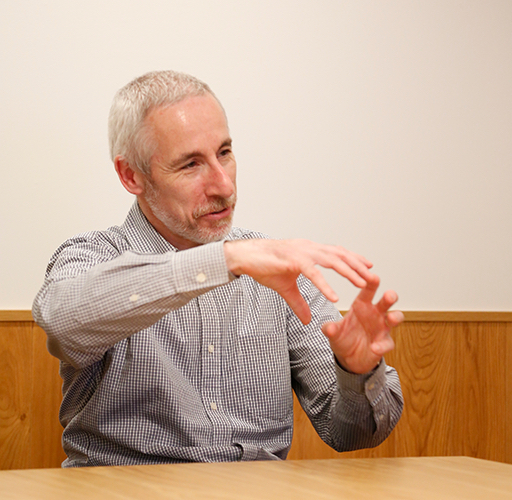
“First, companies should consider what message they want to convey to overseas customers and investors. Then they should translate that message into English,” says McNicol. “Don’t just translate the Japanese into English. You need to create a new message (for the target market)."
“Transcreation” is translation plus copywriting
For example, a product or service may be a big hit in Japan but if the nature of demand is different overseas, the same message as in Japan is unlikely to be enough.The message that works in Japan must be molded to suit the overseas market. McNicol stresses the need for companies to first clarify the message they want to convey about their products and services, then tailor that message to the specific market they are targeting.
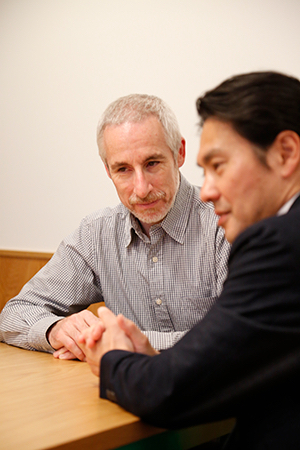
“There’s a method called ‘transcreation,’” says McNicol. “It is a combination of translation and copywriting that means creating a new message for English speakers. If you only need a rough translation, you can use something like ChatGPT, but if you want an effective message for a specific market, you have to create a brand-new message.”
Messaging that lacks specifics will not work in English
McNicol also says that Japanese companies, and startups in particular, tend to talk about “vision” and emphasize emotional appeal. However, neglecting specifics can be interpreted negatively by English speakers.
“Japanese companies have ambitious dreams to ‘change the world’ or ‘change the future.’ That’s wonderful, but I don’t think it works in English when the message lacks specifics,” he says.
English speakers tend to look for specific facts and product details. Messaging that appeals only to emotion is often difficult to get across.
They want specific information about how the product works and its benefits. That’s why, when Japanese companies create messages for overseas markets, they should reconsider the communication style and focus on important points.
The difference between messages for Japan and overseas
At the same time, when Japanese websites do contain detailed information, sometimes the most important points only come at the end. On the other hand, English websites, and English communication in general, usually put the most important information at the beginning. A clear illustration of this is the “inverted pyramid” of an English news article.
“Busy people should be able to quickly grasp the most important information,” stresses McNicol.
Of course, transcreating messages isn’t just about style. Sometimes it is necessary to provide background by explaining terms and concepts that Japanese people would immediately understand, but that would pass over the heads of English speakers.

For example, when a Japanese company brings out a product related to Japan’s decreasing birth rate and aging population, McNicol says that it needs to provide some background information.
“Japan has a low birth rate and aging population, but other countries have a different situation. So sometimes we need to explain about what having a low birth rate and aging population means,” says McNicol.
Another example is the SDGs (Sustainable Development Goals), which are widely known in Japan, but less so in some English-speaking countries. Japanese companies need to use the right terminology when customizing their message for overseas markets.
Startups and SMEs have an advantage
McNicol notes that when large Japanese companies create English content, the last step in the process is often approval and possible changes by someone who is not a native English speaker. Such last-minute changes to the content have the potential to damage the effectiveness of communication, and even brand value.
“I don’t want to name the company, but I once worked with a very large Japanese organization,” recalls McNicol. “It had a very expensive and complicated process to create English content, but at the last moment, ‘someone in charge’ would come along and change the content. Sometimes, they were small changes, but they had a bad effect on the content. It was a real shame.”
From his own experience McNicol knows just how difficult it is for content creators in large companies and government organizations to make quick decisions and exercise free judgment. Often there are various stakeholders to consider and reaching agreement can be difficult.
On the other hand, he notes that startups and small to medium-sized enterprises (SMEs) are not restricted in the same way. So they have an advantage when it comes to creating messages for people overseas.
“Startups and SMEs don’t have to worry about the bureaucracy that goes with large companies, so they have an advantage. I want to ask them directly, ‘What is your message?’ How do you want to communicate it?’ Then we can discuss and understand why they should express themselves in a particular way.”
Good quality English content is essential for moving into overseas markets
Finally, McNicol stresses the importance of “good quality” English content.
“It’s amazing how many companies say they are looking for foreign partners but don’t even have an English website,” he comments. And even if they already have an English website, it is vital for it to contain content that comes across well to English speakers.
In particular, startups should focus on their English company name, tagline, and business description. Featuring their CEO or other key figures can also help build trust.
Above all, to succeed overseas, Japanese companies must tailor their messages to their target markets and communicate effectively in English. As a professional translator and copywriter, McNicol is ready to help them do exactly that.
Translated by Tony McNicol
Edited by Mark Goldsmith
Top photo by J-Stories
For inquiries regarding this article, please contact jstories@pacificbridge.jp
***
Click here for the Japanese version of the article

![[Interview] Longtime startup watcher predicts more 'unicorns' in Japan](https://storage.googleapis.com/jstories-cms.appspot.com/images/1691573339231%E3%82%B9%E3%82%AF%E3%83%AA%E3%83%BC%E3%83%B3%E3%82%B7%E3%83%A7%E3%83%83%E3%83%88%202023-08-09%2018.25.29_smallthumbnail.png)
![[Podcast] Japanese technology to supercharge human fertility (Part 2)](https://storage.googleapis.com/jstories-cms.appspot.com/images/1765863548035unnamed-7_smallthumbnail.jpg)
![[Podcast] Japanese technology to supercharge human fertility (Part 1)](https://storage.googleapis.com/jstories-cms.appspot.com/images/1765440905082unnamed_smallthumbnail.jpg)
_smallthumbnail.jpeg)
![[Interview: Part 2] A digital approach to tackle child hunger in Japan with dignity](https://storage.googleapis.com/jstories-cms.appspot.com/images/1766130666509unnamed_bigthumbnail.jpg)
![[Podcast] Japanese technology to supercharge human fertility (Part 2)](https://storage.googleapis.com/jstories-cms.appspot.com/images/1765863548035unnamed-7_bigthumbnail.jpg)
![[Podcast] Japanese technology to supercharge human fertility (Part 1)](https://storage.googleapis.com/jstories-cms.appspot.com/images/1765440905082unnamed_bigthumbnail.jpg)
_bigthumbnail.jpeg)




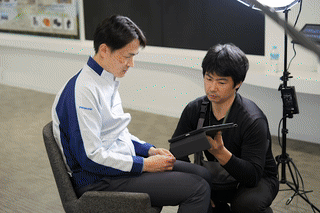

![[Interview] When digital and physical worlds meet](https://storage.googleapis.com/jstories-cms.appspot.com/images/1747974430456unnamed-2_smallthumbnail.png)





![[Interview: Part 1] From nourishing souls to feeding the hungry](https://storage.googleapis.com/jstories-cms.appspot.com/images/1763695595492unnamed_smallthumbnail.jpg)

